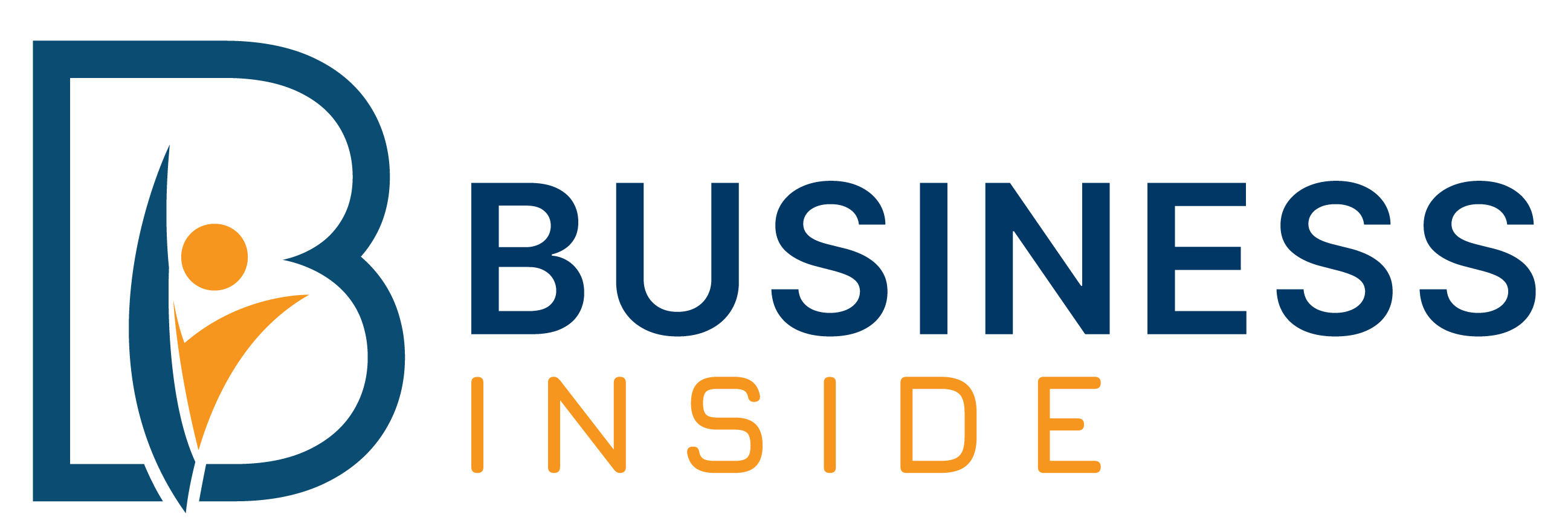Utilities business intelligence (BI) in 2025 is the strategic use of technical software and services designed to gather, dissect, and transfigure vast quantities of data generated by mileage companies (those furnishing electricity, gas, water, and other essential services).
By turning raw data into practicable perceptivity, BI empowers serviceability to make informed opinions that can streamline operations, boost effectiveness, enhance client service, and drive bottom-line growth in this complex and ever-changing assiduity.
Delivering the right information to the right people in the right format and time is a significant aspect of real-time business intelligence. It’s the process of delivering information about business operations as they do, with minimal quiescence.
Serviceability deals with enormous quantum and decreasingly different sets of data coming in from colorful sources. Still, nearly in this data deluge lies the path to a more effective hereafter. Data analytics results give them the power of perceptivity to uncover significant events & identify trends in order to acclimatize snappily to the ever-changing business dynamics.
How business intelligence for utilities works:
Serviceability BI tools gather data from colorful sources, similar to smart measures, detectors, client operation patterns, and functional systems. This data is also reused and anatomized to give precious perceptivity into areas like
Energy consumption: Understanding peak demand times, operation trends, and implicit areas for energy conservation.
Asset operation: Monitoring outfit performance, prognosticating conservation requirements, and optimizing asset application.
Client service: Relating client preferences, acclimatizing service immolations, and addressing issues proactively.
Fiscal performance: Assaying profit aqueducts, cost structures, and relating openings for cost reduction.
Regulatory compliance: Icing adherence to regulations and reporting conditions.
Business Intelligence Tools Tailored for Utilities
Several BI platforms are specifically designed to address the unique challenges of serviceability assiduity. These platforms frequently include pre-built dashboards and reporting tools that concentrate on crucial criteria like energy consumption, grid performance, and client satisfaction. Some popular exemplifications include:
Live Earth: A real-time data streaming analytics platform that enables serviceability to cover thousands of critical data sources, similar to detectors, needles, and line vehicles, in a unified dashboard.
Live Earth helps ameliorate Quality of Service (QoS) by imaging literal and real-time data, furnishing brisk response times to critical events, and prognosticating outages through advanced analytics and machine literacy.
Oracle Utilities Analytics: Offers a comprehensive suite of analytics tools for grid optimization, client engagement, and functional effectiveness.
SAS for Utilities: Provides advanced analytics and machine literacy capabilities for prophetic conservation, demand soothsaying, and threat operation.
IBM Maximo for Utilities: An important asset operation platform that leverages BI to optimize conservation strategies and ameliorate asset performance.
Siemens EnergyIP: A cloud-grounded platform that combines data operation, analytics, and visualization tools for comprehensive energy operation.
Navigating the Challenges of BI Implementation
While the benefits of BI are clear, enforcing it successfully requires addressing several challenges. One common chain is data integration, as serviceability frequently has data scattered across distant systems.
BI platforms can help by consolidating data from colorful sources, but it’s pivotal to ensure data delicacy and thickness. Data quality issues can undermine the trust ability of BI perceptivity, so thorough data sanctification and confirmation processes are essential.
Benefits of Using Business Intelligence in Utilities
In the moment’s fleetly evolving energy geography, serviceability companies face a multitude of challenges, from adding nonsupervisory demands to evolving client prospects. Business Intelligence (BI) offers an important result to navigate these complications, furnishing precious data-driven perceptivity that can transfigure operations and drive success.
Here’s how BI can revolutionize the utilities sector
Bettered functional effectiveness: By assaying data on outfit performance and conservation requirements, serviceability can optimize conservation schedules, reduce time-out, and ameliorate overall functional effectiveness.
Enhanced client service: BI can help serviceability epitomize client relations, offer targeted energy-saving results, and proactively address issues, leading to advanced client satisfaction.
More decision-making: BI provides practicable perceptivity that helps serviceability make informed opinions about resource allocation, pricing strategies, and structure investments.
Cost reduction: By relating areas for energy conservation and optimizing operations, serviceability can significantly reduce costs.
Increased profit: BI can help serviceability identify new profit assets and optimize pricing strategies to increase gains.
Regulatory compliance: BI tools can help serviceability track and report data related to nonsupervisory conditions, icing compliance, and avoiding penalties.
Live Earth: Real-Time Insights for the Utilities Sector
The need for rapid-fire response and visionary decision-making is consummate in the serviceability assiduity. Live Earth’s real-time data streaming analytics platform empowers serviceability to:
Track Critical Events in Real-Time: Examiner storms, power outages, and other incidents that impact service delivery.
Improve Quality of Service (QoS): Fantasize literal and real-time data to read external events and identify outages.
See the Big Picture: Examiner thousands of IoT detectors, needles, and line vehicles in one unified platform.
Enhance Response Times: Admit instant cautions of critical changes in conditions, enabling brisk response times and system-wide corrective measures.
Business Intelligence to ameliorate client decision-making too
The serviceability sector can ameliorate client satisfaction and retention rates by applying reporting and analytics to better understand client requirements. The study states that by using BI to combine and report on smart cadence, bill payment, and demographics data, serviceability providers can ameliorate client service functions, including better access to billing information and results, more sensitive credit collections, and more effective marketing dispatches.
Serviceability Business intelligence in 2025 is an important tool that can help serviceability ameliorate their functional effectiveness, enhance client service, and make better business opinions. By using data-driven perceptivity, serviceability can thrive in a fleetly changing assiduity and meet the growing demands of their guests and stakeholders.
Also, using BI effectively requires professed judges who can interpret data and restate it into practicable recommendations. Numerous service ability invests in training programs or mates with external advisers to make in-house BI moxie. Business intelligence Results can help serviceability take better opinions, support robotization processes, and help guests manage their mileage cultures.
This in turn can help optimize business opinions, ameliorate operations, and increase client satisfaction. Moment’s serviceability can clearly still profit from further introductory business analytics, similar to dashboards, but with the fleetly evolving assiduity, they also need to plan for further sophisticated systems that will enable them to continuously optimize their business opinions using near-real-time data.

